The Regal Cinema was once the grandest in Broughty Ferry with stunning decor salvaged from the German emperor’s floating palace.
The Homeric is said to have been built for Kaiser Wilhelm II in the expectation of him winning the First World War and ended its days in a breaker’s yard in Fife.
After the war it was taken over by the White Star Line, becoming a replacement to the Britannic, which was a sister of the Titanic, although her speed became a major concern.
Her final Atlantic voyage to New York came in 1932 and thereafter she cruised in the Mediterranean and, in the winter, operated West Indian cruises before being withdrawn in 1935.
She was sold for scrap in February 1936 for £74,000.
She was broken up by Thomas W. Ward at Inverkeithing where her interior furnishings were dismantled.
The Regal Cinema in Broughty Ferry
The Regal Cinema was originally opened in the 1870s as a drill hall for the First Forfarshire Artillery Volunteers.
More than 300 purpose-built drill halls were built in Scotland in the 1800s, and while around half were demolished, several still remain and were converted for other uses – like the Regal.
Dundee architects Maclaren, Soutar, and Salmond drew up and submitted plans to convert the drill hall into a cinema in 1935.
The Arbroath Cinema Company took up the challenge and renovated the building, which they named the Regal in 1936.
A new entrance foyer was built for the Queen Street cinema and a balcony added for prime viewing of its silver screen.
A few months later the hall was ready to start its new life as a movie theatre.
Opening night…
When the patrons entered the new cinema on October 10 1936 they passed underneath the brilliant neon sign proudly displaying the new cinema’s name.
Passing through the wide double doors, the audience entered the spacious foyer and spotted the magnificent fixtures from the Homeric for the very first time.
The Broughty Ferry Guide and Carnoustie Gazette described the transformation as “truly amazing” and said the facilities were comparable with “what is usually associated with city houses”.
It said: “Practically every door and doorway once graced a cabin or state room of the liner and… are of solid mahogany.
“A confectionery kiosk in the vestibule was formerly a pantry on the ship, also of solid mahogany this kiosk, with its beautiful carvings, has inside a stainless steel counter.
“A large mirror, set in a heavy carved mahogany frame, stands on the staircase to the balcony.
“It formerly graced the entrance to what was intended for the Kaiser’s suite.
“The ceiling, panelling, and massive doors of the main entrance hall, as well as the beautiful pay box with its rounded corners and centre leaded mirror facing the main entrance stairway, form a reproduction of an elaborate corner of the one-time gorgeously built leviathan.
“The basins in the toilet rooms, which by the way are situated conveniently on either side of the entrance hall, and are beautifully decorated in pale blue, all emanated from the same Kaiser’s suite.
“Entering the auditorium proper, one sees the real artistic beauty of this magnificently furnished and decorated hall.
“Walls are done in beautiful shades of marled green and gold with gilt mouldings; ceiling in lovely soft rose tints with corresponding mouldings, but the cynosure of all eyes will surely be for the ceiling beneath the balcony, which displays a luxurious panelling just as it was taken from the library of this marvellous ship and re-erected here.
“It has been said, and doubtless with reason, that there isn’t a cinema ceiling to compare with it in the country.
“The seating is beautiful and comfortable sponge sprung upholstery, and carried out in varying shades of brown and gold browns, reaching what is known as a crushed gold shade in the balcony.
“The cinema is expected to seat over 700, of which 200 will find accommodation in the balcony.
“The screen is of the latest large dimensions, as being fitted in all up-to-date cinema today, and the proscenium is fitted with three loud speakers which is padded with felt to preclude the slightest leakage of sound and ensure perfect clarity of reproduction and absence of reverberation.”
The movies eventually came to an end
The cinema was the perfect backdrop to watch movies from Hollywood’s golden age and the building also played host to the Broughty Ferry Film Society in the 1950s.
They gathered to watch short films and international comedies.
The Regal was at one time among three cinemas in the Ferry, alongside the New Grand Cinema (which closed in 1940) and the Reres Picture House (which closed in 1963).
The talkies were in high demand in this popular seaside town.
The Regal might have outlived the Ferry’s other two cinemas but soon the Queen Street venue would follow its namesake in Forfar in trying to stay afloat.
The Regal introduced bingo from 1978 on a part-time basis – which later became full-time.
However, it wasn’t enough to save the dying cinema and despite their best efforts, the building closed for good in 1991.
The theatre seats at the Regal which were originally from the Homeric were given to the Dibble Tree Theatre in Carnoustie in 1992 after the shutters came down.
The Category B-listed building was remodified and became as an overspill car showroom for the West End Honda Garage in 1994.
The original foyer of the Regal was demolished to allow this new use; however, some of the panels from the Homeric’s library remained.
The Honda Garage – which remains trading across the road – recently lodged plans for the demolition of the overspill showroom due to concerns over its structure.
Dundee City Council rejected the plans and instead advised that the company make the necessary repairs to preserve the structure.
Historic Scotland offered to visit the site to discuss further options with the garage and see if it was somehow possible for the listed building to be saved.
However, the organisation changed the building’s listed status from B to C at the end of last year and it could be that the curtain will eventually fall on the old Regal.
Fraser Elder, former BBC Scotland broadcaster and Craigie Column regular, said the Regal was among a host of Dundee movie theatres with “imperial titles”.
He said: “Between the wars, the city of Dundee remarkably boasted a total of 30 cinemas.
“As was the fashion of the era, most of the theatre names invariably had imperial titles.
“Along with The Princess in the west end of the city, The State, The Queen’s and Regal theatres were also situated there and, centrally, Her Majesty’s (later to be named The Majestic), The King’s, The Victoria and the variety hall The Palace, later the Theatre Royal, were the attractions.
“In the east end, The Empire, The Royal, The Royalty, the first cinema in the city to screen talking pictures, The Empress (later the Broadway), The Regent and The Rex, formerly The Palladium in Ann Street, maintained the trend. The Regal in Broughty Ferry completed the list.
“Just a thought,” Fraser adds, “If ever a Dundee thoroughfare deserved to have a ‘Royal’ theatre presence, surely Windsor Street would have been the favoured location.”
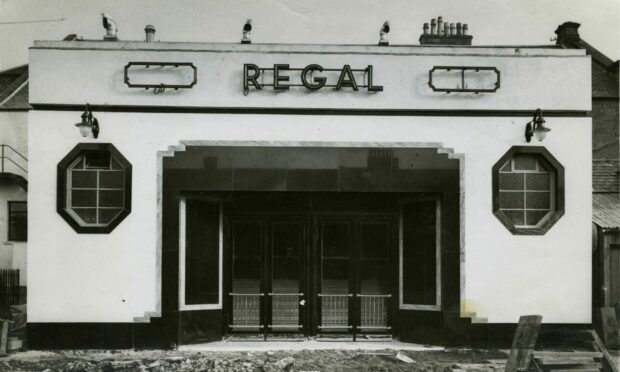
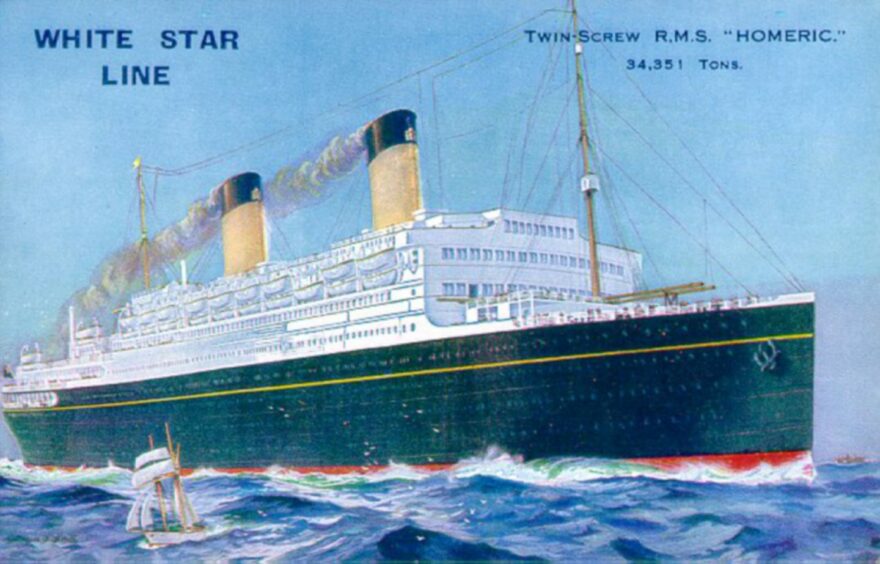
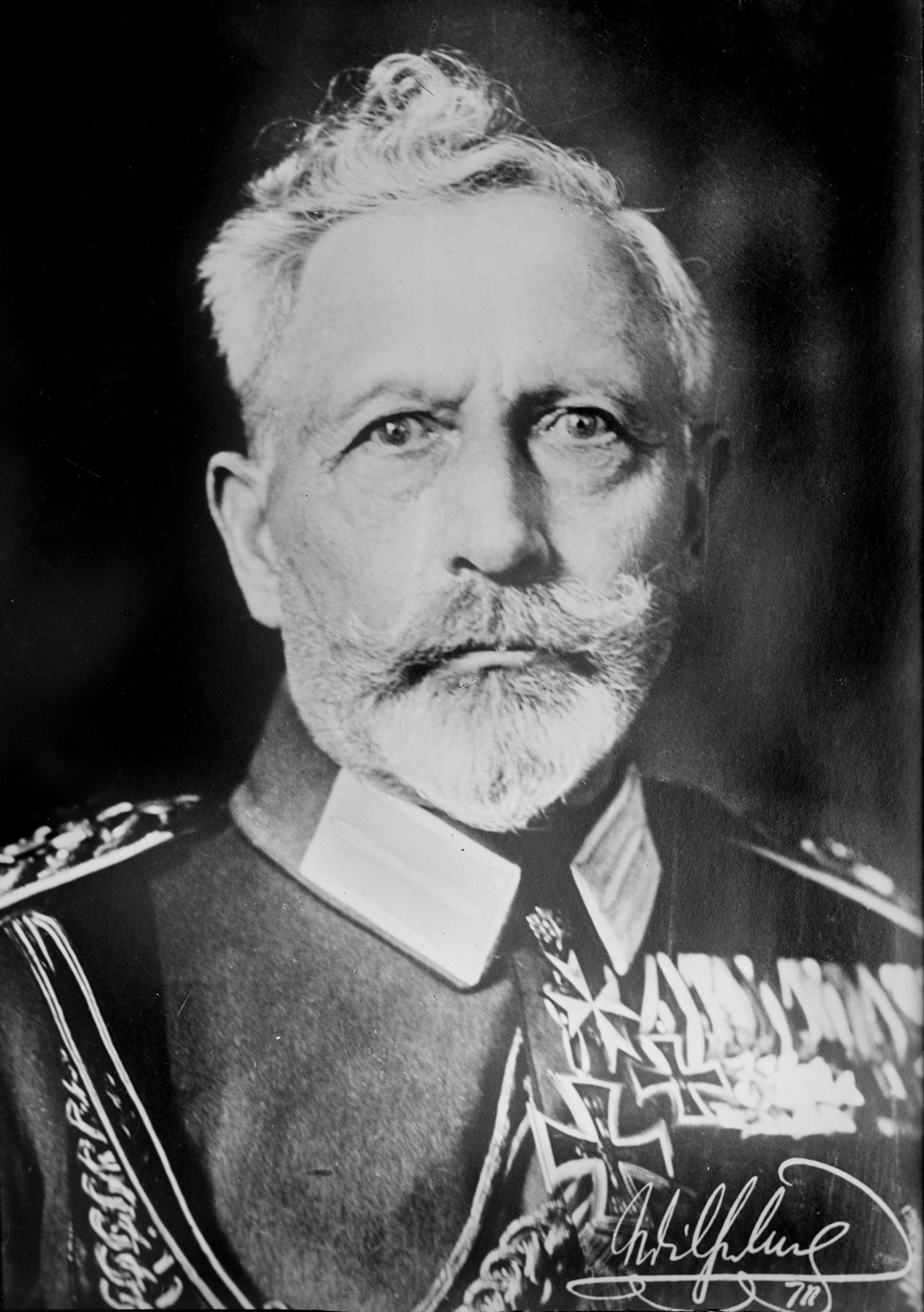
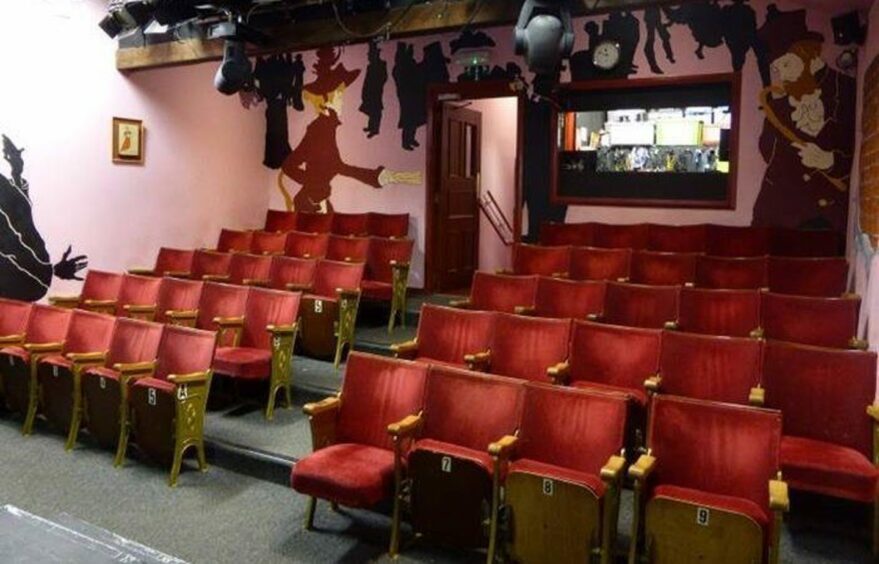
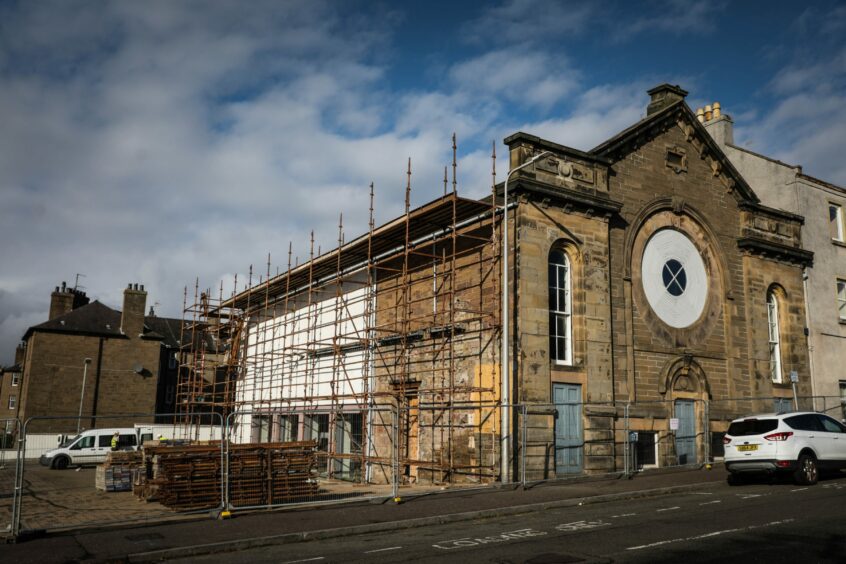










Conversation